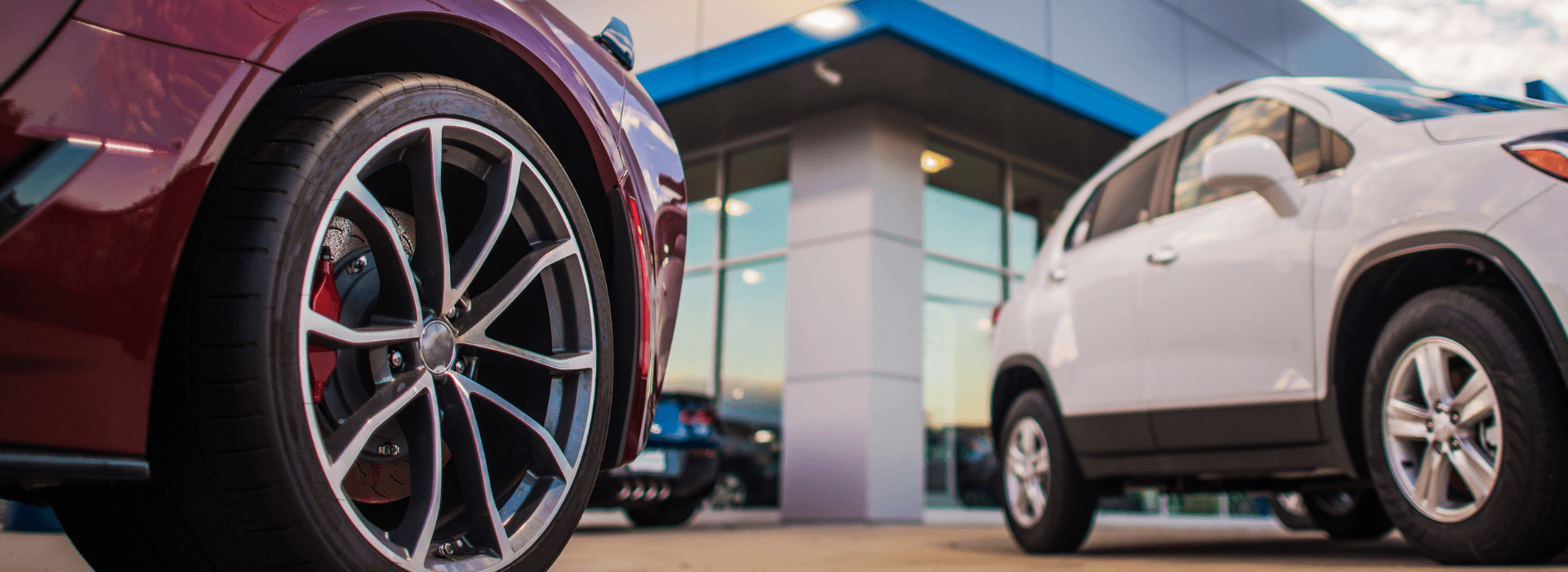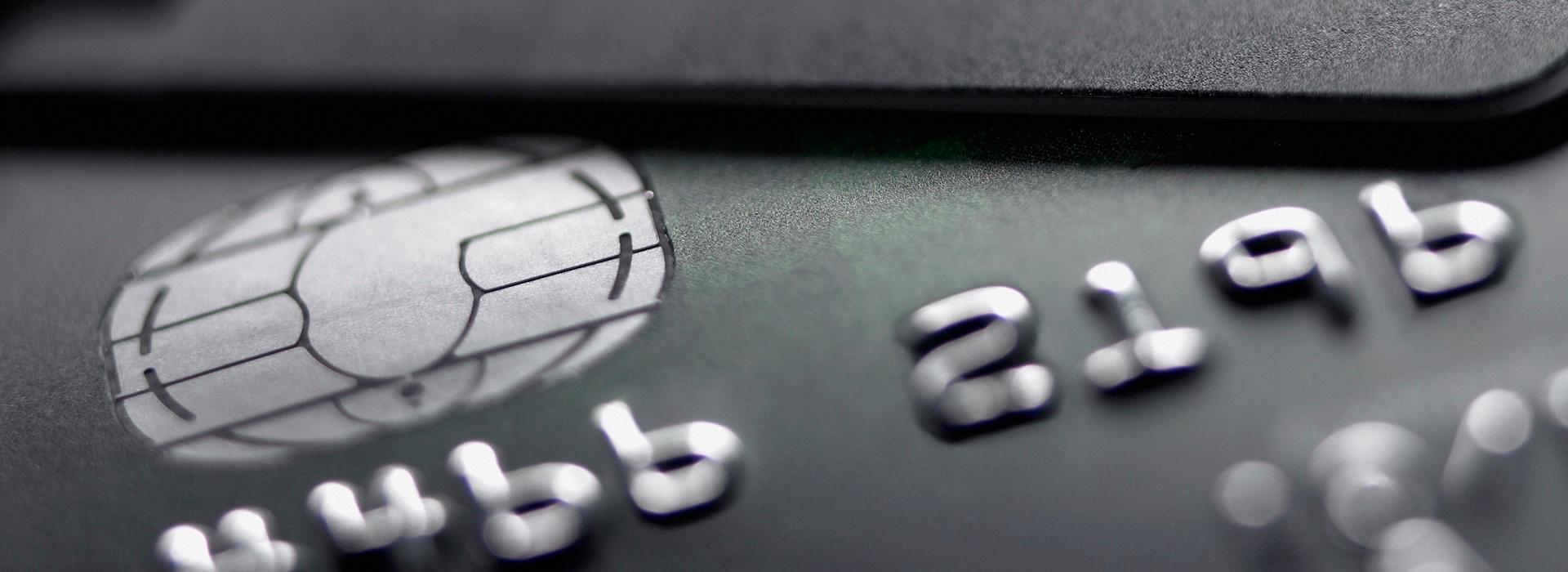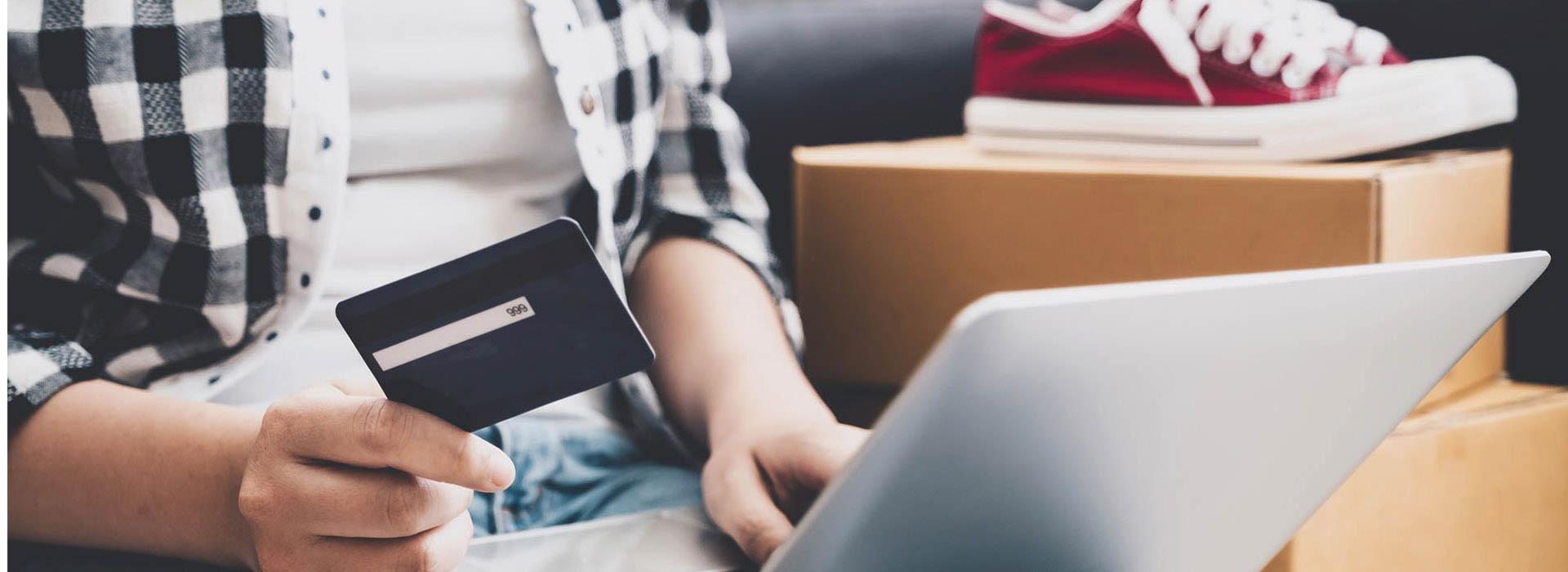Latest Insights

How global travelers feel about agentic commerce
Tiffany Hecker Associate Director, Airlines, Travel and Hospitality Vertical Growth
Travelers are ready to hand over planning – and paying – to AI. Are you ready? Agentic commerce is moving from concept to reality, transforming every step of the guest journey.

The payments imperative for gig workers
Freelancers have rising expectations for how – and how quickly – they’re paid.
Trending Articles
From Our People
Authentication wins the exemption debate
Shifting exemptions into 3DS reduces fraud, boosts approvals and keeps merchants aligned with scheme and regulatory changes.


Rules for the agent era
A pragmatic policy playbook to unlock safe – and scalable – agentic commerce without slowing innovation. (Part 9)

The C-suite’s guide to authorization rates
Why CFOs and COOs should treat authorization rates like margin or cost of acquisition – and how small gains can unlock millions in revenue. (Part 5 of 5)

How agentic commerce will transform key industries
Agentic commerce is moving from concept to reality – reshaping retail, travel, finance, gambling and everyday shopping in ways that demand merchants act now to stay ahead. (Part 7)

Localization unlocks global revenue
Tailoring your payments strategy to local preferences and regulations doesn’t just improve acceptance – it opens the door to scalable, sustainable global growth. (Part 3 of 5)



















